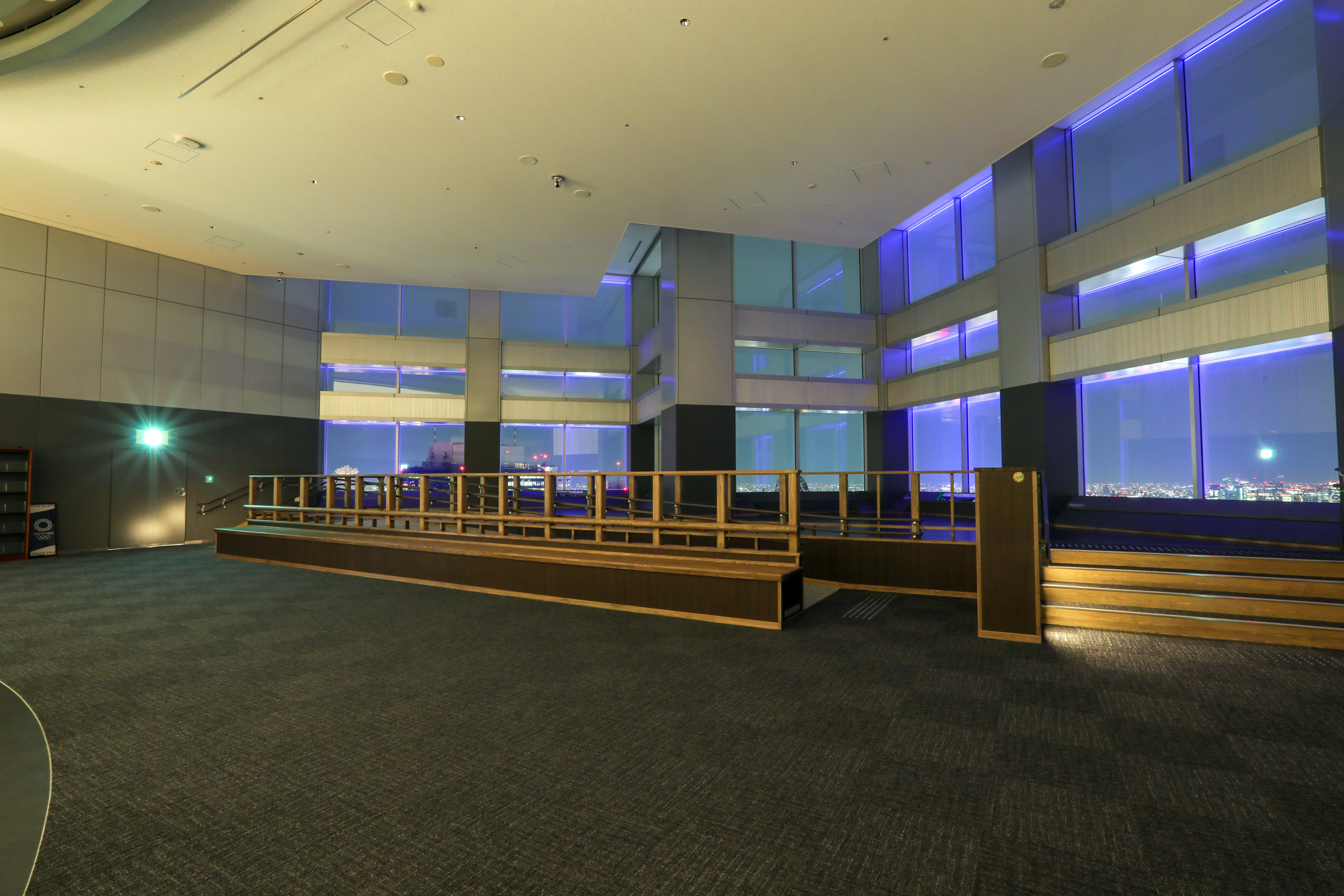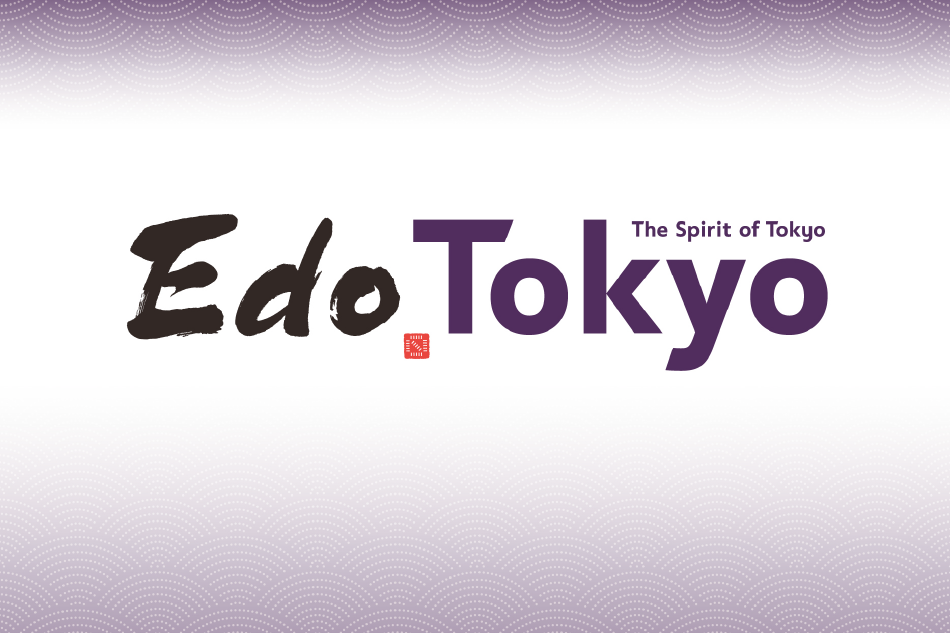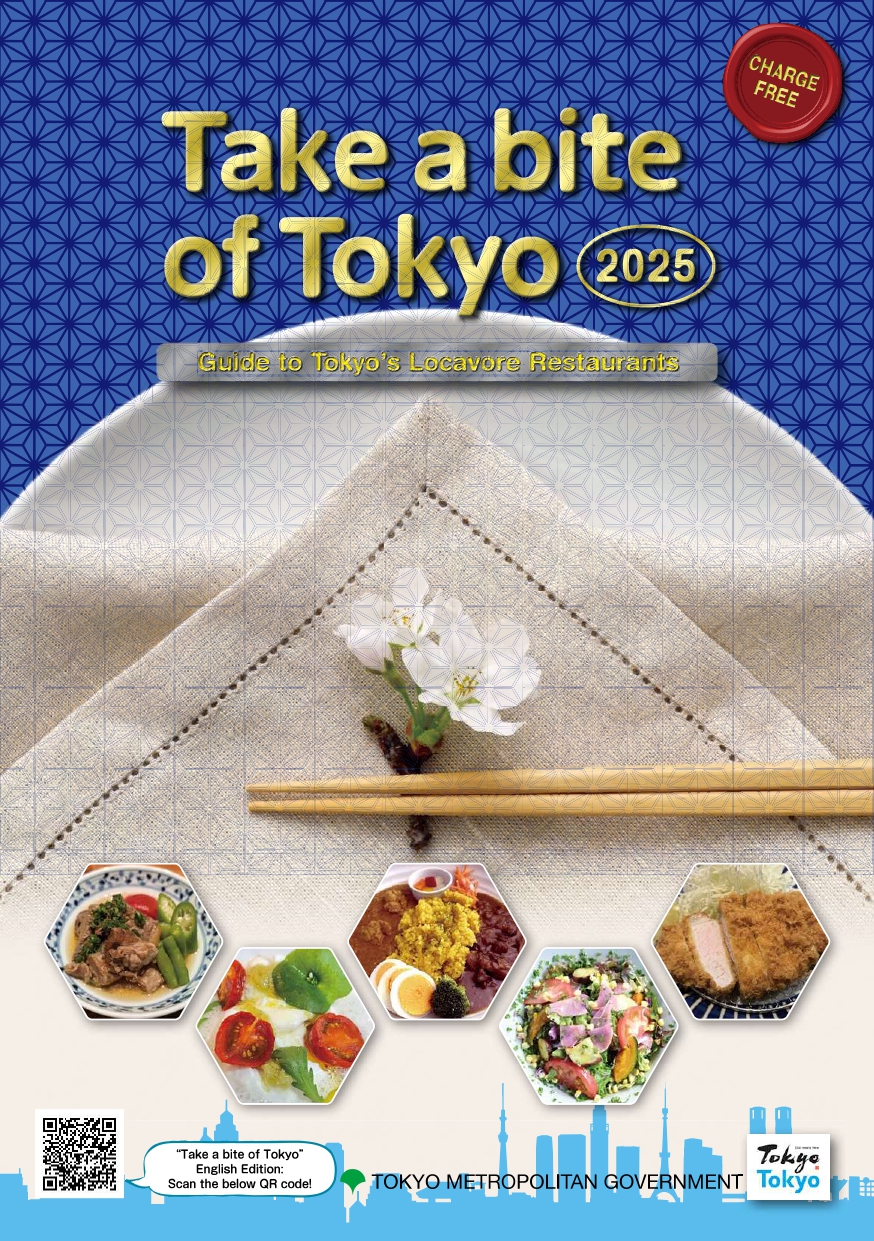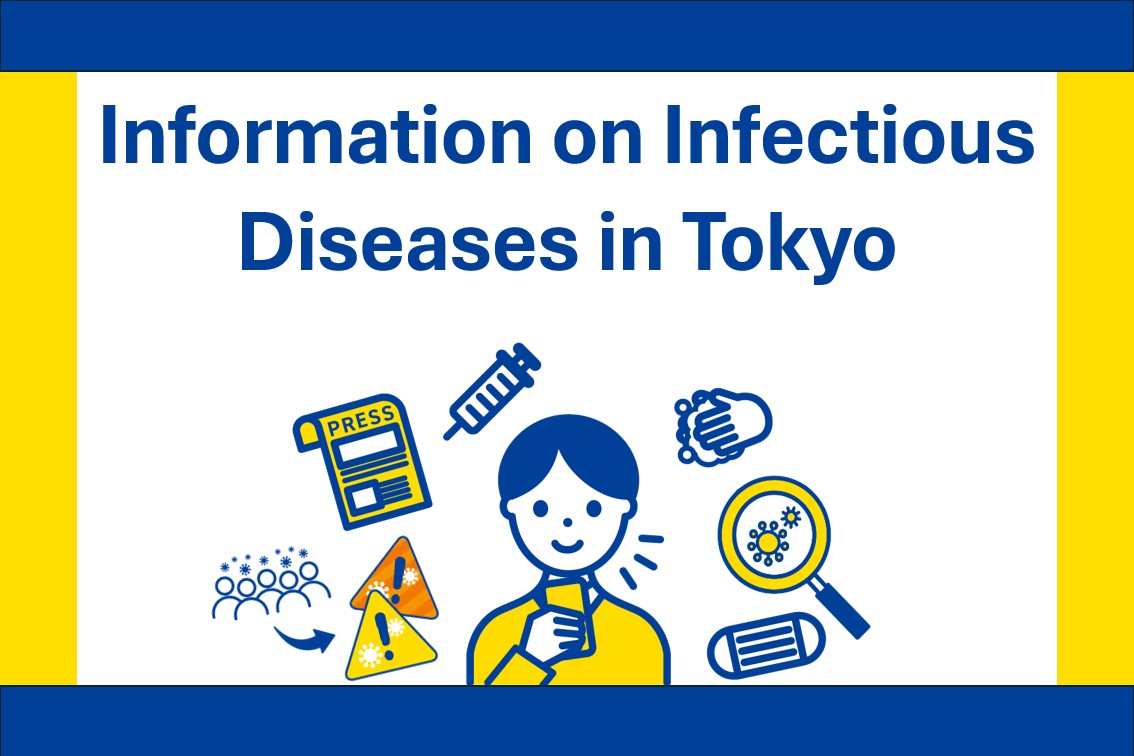Tokyo 2025 Deaflympics (Part 1): A Leap Towards an ‘Inclusive Society’ with Sign Language
They may not hear the cheers but see them loud and clear.
Elite deaf athletes from around the globe will push themselves for gold in an Olympic format in Tokyo, urged on by hand waves—and the visual applause newly devised for the Games.
The winner’s medal at the TOKYO 2025 DEAFLYMPICS
Its design depicts a traditional Japanese origami crane,
which symbolizes good-luck wishes for the athletes
Welcome to the Tokyo 2025 Deaflympics, set for November 15-26 in what is often described as a “world without sound.” Unlike other multi-sport events recognized by the International Olympic Committee (IOC), the competitors respond to lights and flags along with starter pistols and whistles.
A green light from a lamp signals the start of a race
Soccer referee uses a flag along with a whistle to control the game
Tokyo, or Japan for that matter, hosts the quadrennial Deaflympics for the first time, welcoming about 3,000 athletes from 80 countries and regions competing in 21 sports. Among them are the non-Olympic disciplines of bowling and orienteering. In team sports such as basketball, players communicate through hand signals and eye contact.
“The Deaflympics contributes greatly to creating an inclusive society where people with and without disabilities enjoy sports together, and recognize and respect each other’s differences,” Tokyo Governor Koike Yuriko has said on various occasions.
Organized by the International Committee of Sports for the Deaf (ICSD), the Deaflympics has celebrated its milestone 100th anniversary since its founding in Paris in 1924. The Games were originally called the International Games for the Deaf and occasionally referred to as the International Silent Games. It is older than the Paralympics, which was launched in Rome in 1960 to bring together athletes with disabilities except for hearing difficulties.
There is another IOC-recognized multi-sport gathering, the Special Olympics for people with intellectual disabilities, first held in 1968.
The Deaflympics and Paralympics are seen unlikely to integrate anytime soon because of the difference in the nature of eligible disabilities.
“Among the Deaf community, there is overwhelming support for separate Games,” says a report written by Jerald Jordan, who headed the ICSD 1971-1995, and posted on the ICSD website. Deaf people consider themselves “physically able-bodied and able to compete without significant restrictions, with the exception of communication barriers,” the report adds, also citing the limited number of deaf athletes a Paralympics can accommodate as one of the reasons.
Sitting ICSD President Adam Kosa has recently told Japan’s Kyodo News, “I think the time has not yet come” to discuss the merger. More importantly, the global deaf sport community is tasked to raise the level and quality of competition, he was quoted as explaining.
Promoting Deaf Culture and Sign Language for ‘Universal Communication’
The Japanese capital, which has staged the Summer Olympic and Paralympic Games twice, in 1964 and 2021, hopes to leverage the 2025 Summer Deaflympics to step up its drive for building an “inclusive city where everyone can shine.”
In particular, the megacity is seeking to improve the limited public understanding of deaf culture and sign language that serves as a tool for universal communication.
Athletes who have a hearing loss of at least 55 decibels in their better ear (so that they cannot hear conversation in a normal voice), are eligible for the Deaflympics. To ensure a level playing field, they are not allowed to use hearing aids or external cochlear implants during any event.
Tokyo also staged its second-ever World Athletics Championships two months earlier in September. This athletics-Deaflympics twin bill is part of TOKYO FORWARD, a project by the metropolitan government to build a “new future through sports” on the legacy of the Tokyo Olympic and Paralympic Games held in COVID-hit 2021.
‘‘Cheer Signs’ to Pump Up the Atmosphere
Tokyo has developed a set of three “Cheer Signs” based on Japanese Sign Language and combining multiple movements: “Go!” (energizing cheer); “You can do it!” (encouraging cheer); “Grab the Medal!” (aim-for-the-medal cheer).
Video: "Cheer Signs" to Pump Up the Athletes
Cheer Signs
Go!
You can do it!
Grab the Medal!
At Tokyo’s National Stadium in April, the Japanese men’s Deaflympic soccer team and a local professional league club fought an exhibition match with some 3,000 spectators coming alive with the new visual applause. The Deaflympic squad lost 0-2.
“We don’t want children to give up competing just because they are deaf,” said Matsumoto Takumi, 36, the deaf team’s captain and goal-keeper. “We want to prove they can compete even if they are unable or hard to hear.”
For Part 2 of this article, please click here









Recommended for You
Tokyo 2025 Deaflympics (Part 2): Overcoming Limited Public Awareness
November 12, 2025
Caviar from Tokyo: A Gourmet Revolution Begins on Kozu-shima island
November 5, 2025
From Edo to AI: Safeguarding Tokyo's Waterfront Against the Sea
November 5, 2025
“Cheer Signs Supporters” Cheering Schedule at Competition Venues Announced!
November 6, 2025
2025 Disaster Management Study Tour(October 14)
October 31, 2025
World Athletics Championships Tokyo 25 Aimed to Reduce Environmental Impact, Inspire the Next Generation
October 31, 2025
Tokyo's Green Appeal, Seen by a Swedish Gardener Who Made Japan Home
October 24, 2025
Concert at Museum of Contemporary Art Tokyo
November 6, 2025
Tokyo Cap-and-Trade Program
November 6, 2025
The Beauty of Maekawa Inden’s Modern Inden Leather Goods Captivating Fans Near and Far
October 30, 2025